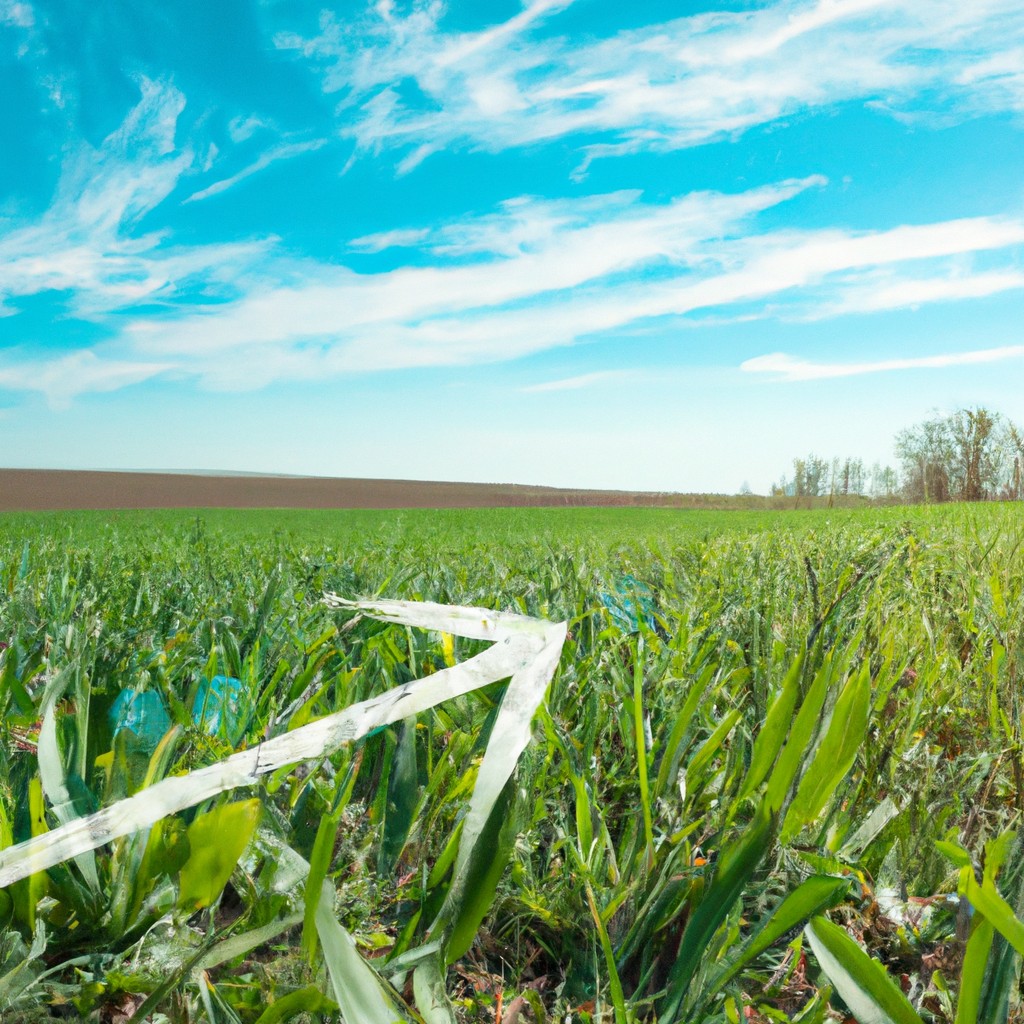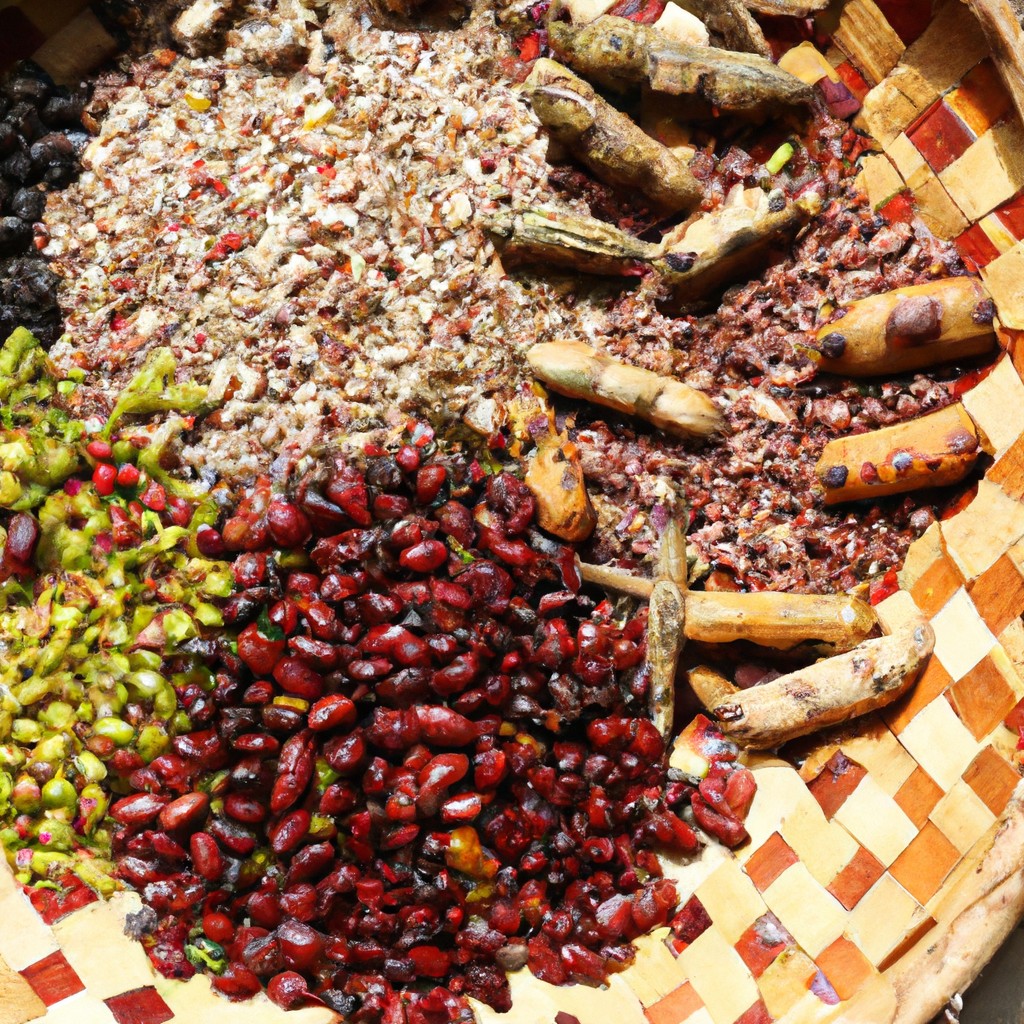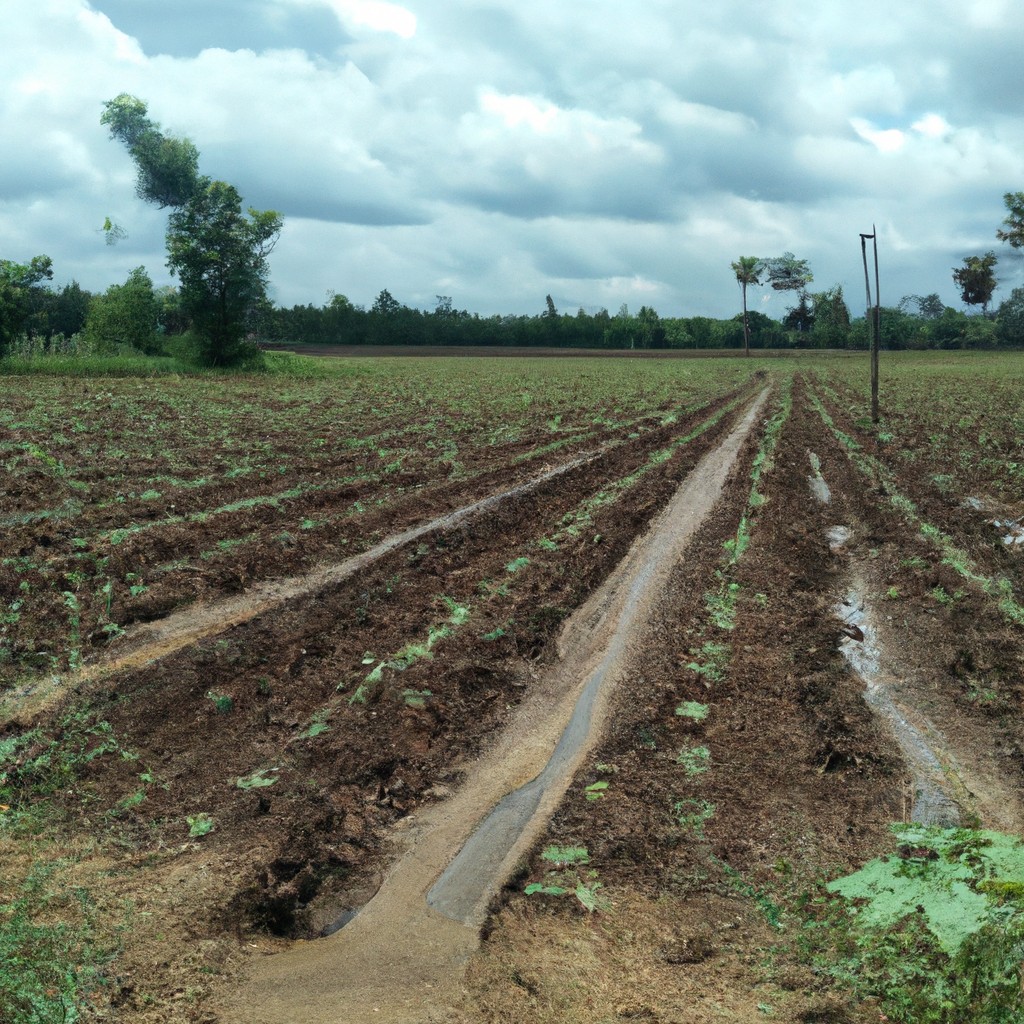Discover how farm ETFs can offer a unique and efficient way to invest in agriculture without needing to own a pair of rubber boots or a tractor.
Look Inside:
Understanding Agricultural ETFs

Agricultural ETFs are like farming’s greatest hits, packaged neatly into a stock market playlist. These are investment vehicles that provide exposure to a basket of agriculturally related assets. Why settle for just one crop when you can have a whole bouquet of ’em?
Imagine instead of picking a single stock from a farming company, you get a whole medley. That’s what these ETFs do; they bundle various agricultural companies or commodities together. Easy peasy, lemon squeezy.
There are two main types. First up, agribusiness ETFs, which focus on companies involved in farming itself, equipment, and technology. It’s like betting on the lads who make tractors, not just the folks wrangling crops.
The other variety is agricultural commodity ETFs. These are for those who want a more direct line to the crops themselves, letting you invest in the likes of corn, wheat, or soybeans. It’s all the fun of commodity markets without needing to worry about actually storing a silo of grain in your living room.
Agribusiness ETFs Pros & Cons
When playing duck-duck-goose with investments, agribusiness ETFs often get a spot in the circle. These ETFs allow you to invest in companies that are knee-deep in agriculture—from fertilizers to faux-chicken, and everything in between. Pros? Well, they offer diversification. You’re not putting all your eggplants in one basket. If corn flops but fertilizers pop, you’re still smiling.
Liquidity is another win. Buying and selling shares is easier than finding a needle in a haystack. Plus, they’re as convenient as finding a unicorn in your backyard—they offer indirect exposure to volatile agriculture markets without needing a degree in tractor science.
Now, for the downsides. They can be as volatile as a chicken on a pogo stick, because weather and demand fluctuations flip things faster than a chef at a pancake house. And don’t forget management fees; some are steeper than a cow’s learning curve in a yoga class. There’s also exposure to political shenanigans and regulatory changes. Granting you an investment soap opera you didn’t sign up for.
Yet, agribusiness ETFs can be as fertile as a well-tilled field for portfolio diversity.
Agricultural Commodity ETFs Pros & Cons
Investing in these ETFs is like holding a basket of sunshine, rain, and tractor sounds—without needing to own an actual farm. They allow investors to gain exposure to the prices of various agricultural products like wheat, corn, and soybeans, all without getting your hands dirty. Prices up like a beanstalk? That’s good news for your portfolio.
One of the pros is diversification. These ETFs spread investment risk over multiple commodities, reducing the impact if one crop has a bad hair day—or season. Plus, they can act as a hedge against inflation since food prices can soar like a chicken on coffee.
However, the cons can make you feel like you’ve stepped on a rake. Commodity prices can be more volatile than a squirrel on a sugar rush. External factors like weather patterns, geopolitical issues, and even a whim of a butterfly in Brazil can cause price swings that would make a roller coaster look dull.
There’s also the contango risk, which sounds like a dance move but refers to the cost of rolling futures contracts. If the future price is higher than the current one, investors could lose money even if prices rise.
All in all, these ETFs can provide a taste of the agricultural markets without the sunburn or mosquito bites.
Things to Consider When Investing in Agriculture ETFs
So, you’re setting your sights on agriculture ETFs, huh? Well, saddle up. It’s going to be a wild ride. First, keep an eye on the yield. No, not the corn yield—though that’s important—but the ETF dividend yield. Check if it sings like a rooster in your investment portfolio or just clucks around.
Next, feast your eyes on the fees. Management fees can nibble away your profits if not kept in check. You might love cows, but you won’t love fees munching away like a herd at dinner.
Don’t overlook geographical exposure. Some agriculture ETFs may focus on the American corn belt, while others spread themselves globally like butter on bread. Decide if you want a local bite or an international feast.
Finally, mind the market trends. Weather, geopolitical wobbles, and yes, even fashion trends (here’s looking at you, avocado toast) can shake things up. Keep your eyes peeled like a fresh potato.
Invest wisely, and maybe the market will be as kind to you as the rain is to a drought-stricken field.
Is There an ETF That Invests in Farmland?
Yes, a few ETFs focus on farmland, though they’re rarer than unicorns in a cornfield. These funds typically bundle investments in companies that own, manage, or develop agricultural lands. Unlike scoring an invite to the neighbor’s epic barbecue, these ETFs don’t always involve direct land ownership but instead invest in firms making big bucks off Mother Earth’s fertile embrace.
Here’s what to know:
Think REITs: They can function similarly to real estate investment trusts, but with tractors and more mud.
Big Picture: Interest lies more in land management than learning how to saddle up a tractor.
Diversification: These ETFs often include a range of companies touching everything from fertilizers to machinery, ensuring you’re not metaphorically putting all your seeds in one plot.
Not Always Green: Like many of my aunt’s garden projects, some might not always be sustainable or regenerative-focused, so keep an eye on what you’re supporting.
Remember, while these ETFs provide farmland exposure, you won’t need to break out the overalls just yet.




